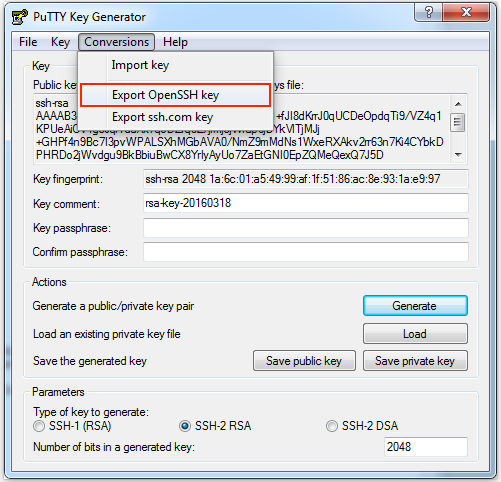

This key fact might be useful to help you solve this challenge more effectively. This suggests that the minimum number of clues to provide in a grid is 17. There are effectively numerous examples of grids with 17 clues that have a unique solution but we have never found a well-posed grid with only 16 clues.

Sudoku fanatics have long claimed that the smallest number of starting clues a Sudoku puzzle can contain is 17. For instance the output of our algorithm could be a grid such as this one: Our aim for this challenge is not to generate a Sudoku solver algorithm but instead to create an algorithm to be used by a puzzle setter to produce a well-posed Sudoku grid: a grid with a unique solution. The puzzle setter provides a partially completed grid, which for a well-posed puzzle has a single solution. The objective is to fill a 9×9 grid with digits so that each column, each row, and each of the nine 3×3 subgrids that compose the grid (also called “boxes”, “blocks”, or “regions”) contain all of the digits from 1 to 9. The generated Sudoku grid should have enough clues (numbers in cells) to be solvable resulting in a unique solution.Ī Sudoku game is number-placement puzzle. Your task is to design an algorithm used to create a Sudoku Grid.


 0 kommentar(er)
0 kommentar(er)
